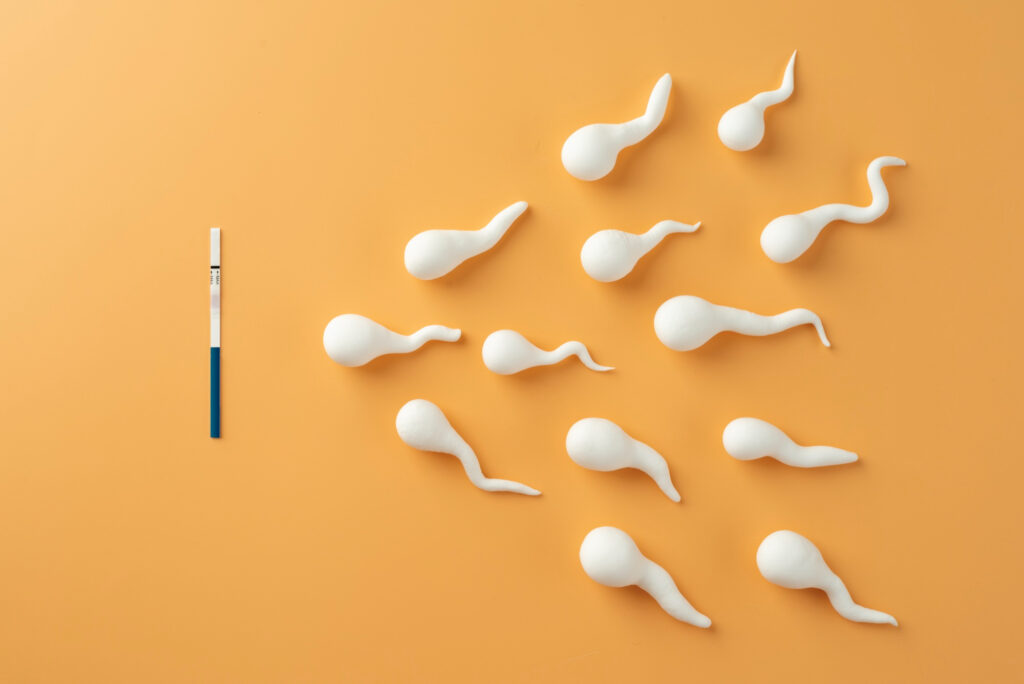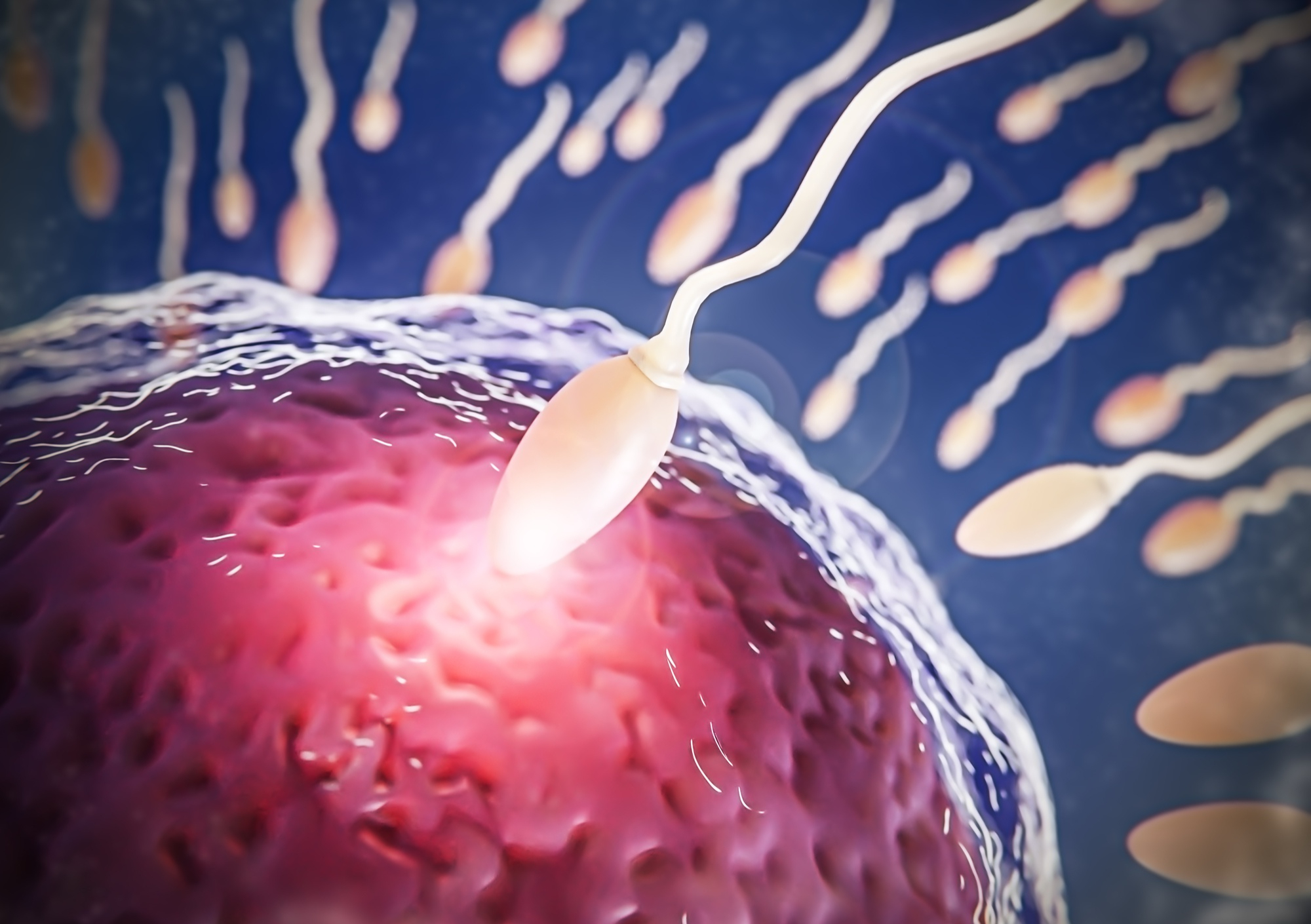Becoming a parent is a deeply rewarding journey, and NewHopePoints is here to support you every step of the way. Whether you’re exploring various methods to conceive or seeking detailed information on topics such as artificial insemination, we offer valuable insights and guidance to help you achieve your dreams.
Understanding Artificial Insemination
Artificial insemination (AI) is a procedure where sperm is directly inserted into a woman’s uterus, cervix, or fallopian tubes to facilitate fertilization. It is particularly helpful when natural conception is challenging. Issues like low sperm count, problems with sperm motility, or conditions affecting the female reproductive system often cause these challenges. Therefore, this method offers a viable solution for couples facing such difficulties.
The Process of Artificial Insemination
The process starts with an evaluation by a fertility specialist. This evaluation helps determine the best approach and timing for the procedure. Here’s a step-by-step overview:
Ovulation Monitoring
Tracking the woman’s ovulation cycle is crucial. Blood tests, ultrasounds, and ovulation kits help identify the best time for insemination. Sometimes, medications like human chorionic gonadotropin (HCG) are used to induce ovulation at the optimal time.
Sperm Collection and Preparation
Sperm is collected from the intended father or a donor. The sperm then undergoes a “washing” process to concentrate it and remove impurities, increasing the chances of successful fertilization.

Insemination
The prepared sperm is inserted into the woman’s reproductive tract using a thin catheter. This quick and painless procedure usually takes place in a doctor’s office. During intrauterine insemination (IUI), a long, thin tube called a catheter threads the sperm into the uterus. Then, a syringe pushes the sperm through the tube, increasing the chances of fertilization.
Success Rates of Artificial Insemination
Many women successfully conceive through artificial insemination. The success rate varies based on factors like the woman’s age, overall health, and specific fertility issues. On average, success rates range from 10% to 20% per cycle. Multiple cycles may be needed to achieve pregnancy.
Safety of Artificial Insemination
Artificial insemination is a safe procedure with minimal risks. Common side effects include mild cramping and spotting, which usually resolve quickly. Serious complications are rare but can include infection or an adverse reaction to fertility medications used to stimulate ovulation.
Making the Decision
Deciding to pursue artificial insemination involves considering various factors, including medical history, financial considerations, and emotional readiness. Consulting with a fertility specialist can provide clarity and help you make an informed decision.
Conclusion
Artificial insemination is a viable option for many individuals and couples facing fertility challenges. While NewHopePoints offers extensive support and guidance, we do not work with gestational surrogacy. Our focus is on providing comprehensive resources and support to help you navigate your unique path to parenthood.
Embark on your journey with confidence. Let NewHopePoints be your trusted partner in making your dreams of having a baby come true.
By using clear structure, active voice, and transition words, this version improves readability and SEO performance.
